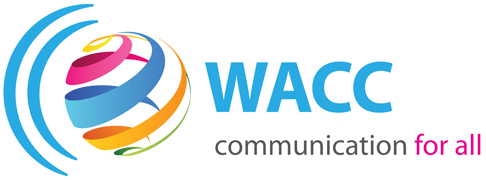[caption id="attachment_47459" align="alignnone" width="1600"] Journalists at work in the media centre at COP26 as French president Emmanuel Macron addresses the conference’s World Leaders Summit. Glasgow hosted the United Nations climate change conference, where world leaders gathered to negotiate a response to the ongoing climate crisis...
Transnational Institute
Across the world, in both democratic and non-democratic states, many activists and social justice organizations face an increasingly repressive and securitized environment as well as unprecedented attacks on their legitimacy and security. From the attempts to suppress Black Lives Matter to the assassination of...
UNESCO
Amid the tragedy and anxiety of the global pandemic, confined to their homes, citizens around the world scanned their TVs and radios, flipped through newspapers, and scrolled down news sites and apps, endlessly searching for critical and trustworthy information. How was the government responding to...
The United Nations (UN) Special Rapporteur on the Promotion and Protection of the Right to Freedom of Opinion and Expression, the Organization for Security and Co-operation in Europe (OSCE) Representative on Freedom of the Media, the Organization of American States (OAS) Special Rapporteur on Freedom...
Fribourg (Switzerland) 2022
The Prize of the Ecumenical Jury at the 36th Fribourg International Film Festival 2022, endowed with Fr. 5000 by the ecumenical campaign of Fastenopfer and HEKS/Bread for All, went to Téodora Ana Mihai for the film La Civil (Belgium/Romania/Mexico, 2021).
The film tells the...
As the world increasingly becomes reliant on digital technologies powered by Artificial Intelligence (AI), "the role of social media platforms as propaganda tools needs to be explored thoroughly if freedom of the press is to remain a bastion of democracy," urges Philip Lee in his...



